*This review contains spoilers*
In a tear jerking turn of events, the boy who saves everyone is left with no one. After leaving behind the alternate timeline where he could be happy, Ekko returns to his desolate reality to save everyone suffering, but in the process, loses the people who made him happy. Ekko, the boy savior, took Season Two of Arcane by storm.
Establishing its place as one of the most heartbreaking shows of the decade, Arcane’s conclusion has taken social media by storm. Although a massive success, Season Two of Arcane garnered mixed responses from viewers. Arcane has long been a show of comfort, rich with intricate worldbuilding and complex characters, all put together with engaging plotlines. While fans were, no doubt, pleased with the second and final season of Arcane, some were left dissatisfied, vocalizing their complaints about the rushed ending and fast pacing.
Arcane is a 3D animated television show based off of characters in the video game League of Legends. Season Two picks up on the cliffhanger left by Season One. At the end of Season One, the final scene had, quite literally, an explosive ending as one of the main protagonists, Jinx, launches a powerful stolen Hextech gemstone at the Piltover council building – right at the heads of a few notable beloved characters.
Arcane never fails with its portrayal of mental health, portraying personal struggles in a way that draws viewers in to sympathize with the characters. In Season Two, the realistic portrayal of struggles with mental health issues such as schizophrenia, depression, grief, and low self-esteem helps viewers see themselves in the characters, humanizing them. Often, science-fiction shows struggle to develop their characters, opting instead to solely make them plot devices. Arcane strikes a healthy balance between the two.
One of the main characters, Jinx, was shown in Season One to experience mental health issues, particularly symptoms of psychosis and schizophrenia, as a result of her childhood trauma. In Season Two, her mental health was explored more. An interesting aspect was that rather than her mental health issues being romanticized or displayed as harmless, her life and actions were messy and, at times, highly dangerous as a result of her childhood trauma and mental health issues. Casting a morally gray character, especially one that is a woman, as the main character is a trope that is rarely done right, but the producers of Arcane executed it perfectly.
While Season One saw Jinx’s mental health go on a downward spiral, Season Two offered a breath of fresh air. Contrary to the first season, Jinx actually experienced moments of happiness in Season Two. Notably, Jinx faux-adopts a child named Isha in Zaun. Over the course of Act 2 of Season Two, Jinx cares for Isha and acts as an older sister to her – just like how her older sister Vi was supposed to be. Isha and Jinx’s relationship is a way for Jinx to heal her childhood trauma from her older sister, Vi, mistreating her at times and then abandoning her when she was young. Isha allows Jinx to come to terms with her past, improving her mental health. Jinx’s few moments of happiness in Season Two often are passing the time with Isha.
The bond Jinx forged with Isha, and the impact of Isha on Jinx made Isha’s death all the more devastating. At the end of Act 2, Isha sacrifices herself to save a group in Zaun from the beast. Jinx’s raw sadness resonated with viewers as the one person who let Jinx heal was gone. In addition, the soundtrack during the scene when Isha sacrificed herself contributed to the emotionally devastating scene. In a soft but heartfelt song, Isha’s Song by Eason Chan made Isha’s death and Jinx’s loss deeply heartbreaking.
The scriptwriters put the emotionally-battered characters down another emotional spiral at the beginning of Act 3, during episode seven: What Could Have Been. In a plot twist, Ekko is transported to an alternative universe where he and Jinx are in love. During this episode, the song Ma Meilleure Ennemie by Stromae and Pomme plays when Ekko and Jinx dance. This dance is, interestingly, animated at four frames per second, showing how Ekko takes the time to appreciate his life, no matter where he is. Perfectly done, this scene set up Ekko’s heartbreaking ending of leaving behind the place where he felt true happiness. The producers intentionally placed Ekko in these situations leading up to his ending in order to evoke an anguished feeling from the audience, and they succeeded
Ekko’s exact role in the show was often disputed – while he had played important roles in plotlines, it was never clear how he was fundamental to the universe. In the last episode of Arcane, though, his role in the story was clear: Ekko saves everyone, but he has to leave behind a life where he could have been happy with Jinx – a life where he had happiness. Surprisingly, Ekko’s story turned out to be the most tragic of all the characters.
Male friendships are rarely portrayed positively in media. In a tear-wrenching final scene, Arcane depicted how Viktor and Jayce’s friendship spanned multiple universes, whether it be in real life or in the Arcane. Although Jayce had a love interest, their relationship was more than a friendship. They were destined to be together in every possibility of life. In the final scene, Jayce takes Viktor’s hand as they are both consumed by the anomaly. Through this sacrifice, Jayce’s love for Viktor’s soul is revealed: nothing is more powerful than deep friendship. Often, mainstream media fails to emphasize that male friendships can still have love and care for each other while remaining a friendship. Arcane was a welcome respite from this harmful trope.
Season Two of Arcane tied off loose ends that viewers had been wondering about since the release of the first season in 2021. Along with Ekko’s purpose in the story being finalized, Vi and Caitlyn’s relationship story was also complete in this season. Over the course of the season, they experienced ups and downs, but Arcane never tokenized their relationship for a ‘diversity card’. They simply existed as two people in love with their own struggles, who happened to be women – the formula for good queer representation, a rare sight in popular media.
Although Arcane’s second season is extremely well-done, Act 3 felt rushed to some viewers. The worldbuilding was very heavy in Act 3, and lots of new lore and information was presented to the viewers. Due to this, there was not a lot of room for character interactions and development, rousing many complaints from fans. Season One of Arcane gained traction partially because of its incredible character dynamics, which was lacking in Act 3. In addition, Act 3 depicted Mel’s arc as a mage. However, this plotline was not just rushed, but also not very well-done and only served to confuse viewers further. With no foreshadowing to the new plotline, it felt very out of place in the world that fans were familiar with. Despite these shortcomings, Act 3 was still incredibly well-done, and a rewatch can clear up confusions about the plotline.
Arcane’s soundtrack in Season One never disappointed, and the new season was no different. With hit after hit, the soundtrack features a wide variety of genres and artists. A few stand-out anthems are Renegade by Stefflon Don and Raja Kumari featuring Jarina de Marco and Come Play by Stray Kids. Arcane featured smaller artists, queer creators, and artists of color on their soundtrack. Tracks including Ma Meilleure Ennemie by Stromae and Pomme as well as Paint the Town Blue by Ashnikko gained traction on social media, fueling fans across platforms. Each song on the soundtrack was also custom-made for specific scenes in the show, making it even more personal and fitting. Despite its length, the 22-song Season Two soundtrack has absolutely no skips. In addition, Season Two of Arcane showed up and showed out with improved animation and art. It perfectly utilized saturation differences in lighting to convey the moods of different scenes, something that’s often overlooked when creating animated shows or films. Every frame had so much effort put into the details, and the animators truly showed their passion for the show.
It is not uncommon for media to subtly comment on societal issues, something Arcane heavily utilized in its second season. The whole show serves as an allegory for rebellion, depicting the various responses citizens can have to rebellion and terrorism. A striking example of this is when, at the beginning of Act 1, Zaun saw Jinx as a revolution leader for firing a stolen gem at the Piltover council building. Playing as a montage to the song Paint the Town Blue by Ashnikko, citizens of Zaun dyed their blue hair and staged protests and rallies in the name of Jinx, symbolizing the rebellion of the impoverished in the real world.
Similar to its first season, Arcane’s wonderfully crafted second season garnered heaps of social media attention across numerous platforms, and for one main reason: Arcane appeals to a variety of audiences, from all sorts of backgrounds. Its incredible world building catches the attention of analysts and those passionate about science-fiction. It also features characters and stories seen in the video game League of Legends, interesting those who play the game. Its incredible art and storyline attracts viewers who enjoy well-written stories, as well as fans of animated shows. The diversity of characters featured in the story allows a range of viewers to identify with the casual, non-tokenized representation. Arcane is a perfect example of the formula to success in the media industry.
Overall, the second season of Arcane was an incredible experience. Although the ending was satisfying, it was also emotionally overwhelming and deeply sad. Arcane is the type of show that one can constantly come back to and notice new details, especially when watched as a full season rather than in acts. Viewers were anticipated for how the show would end, and most were pleasantly surprised. Arcane’s second season did not disappoint: it was the true definition of a cinematic masterpiece.





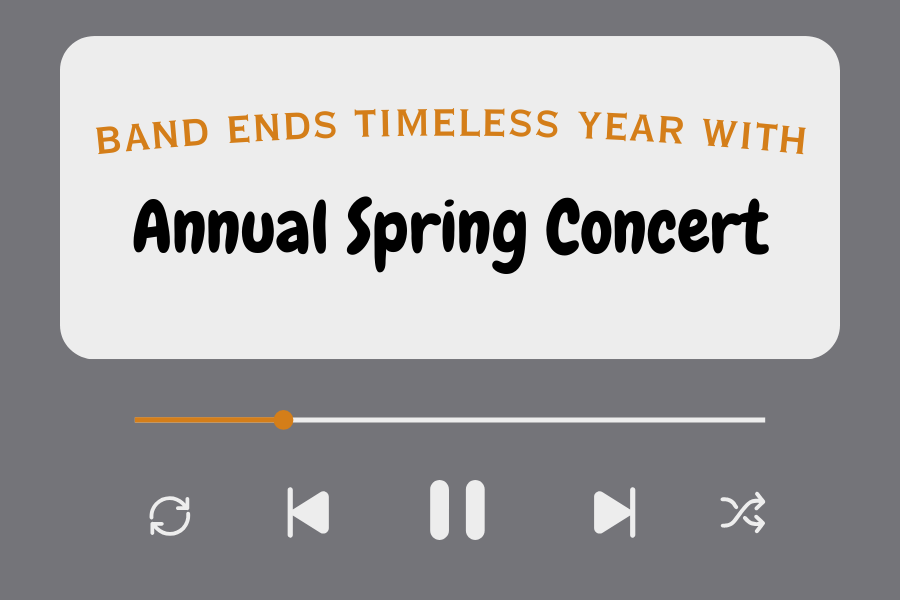




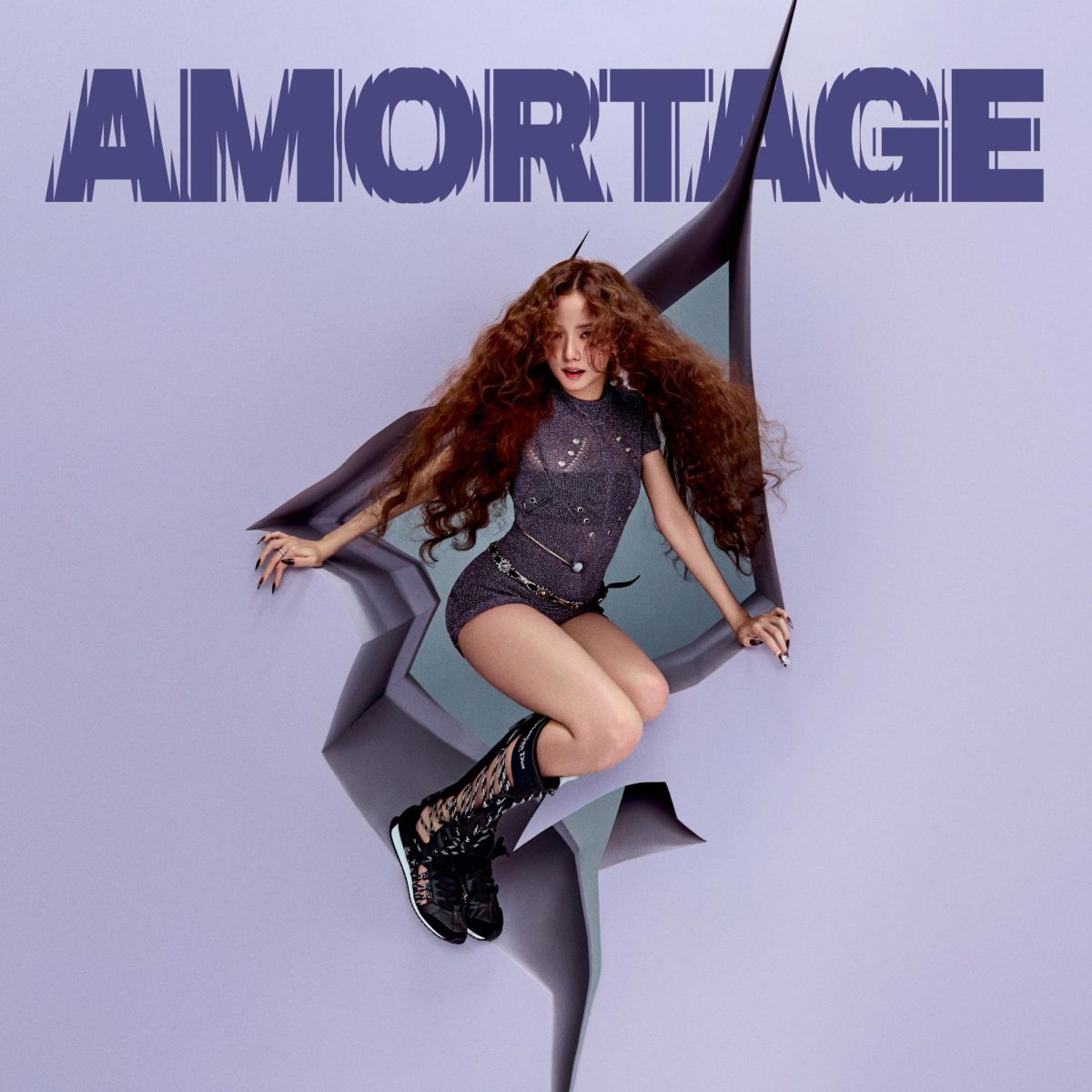

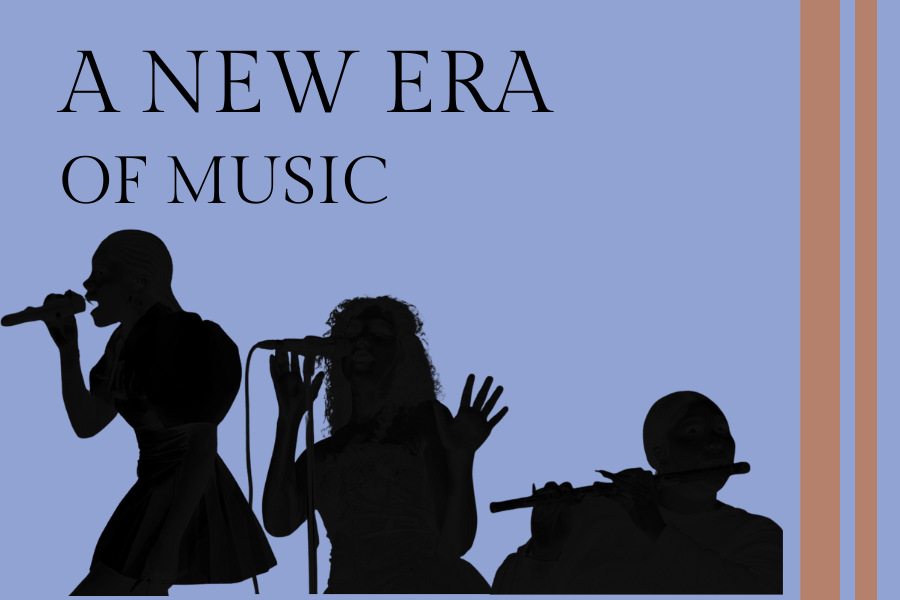
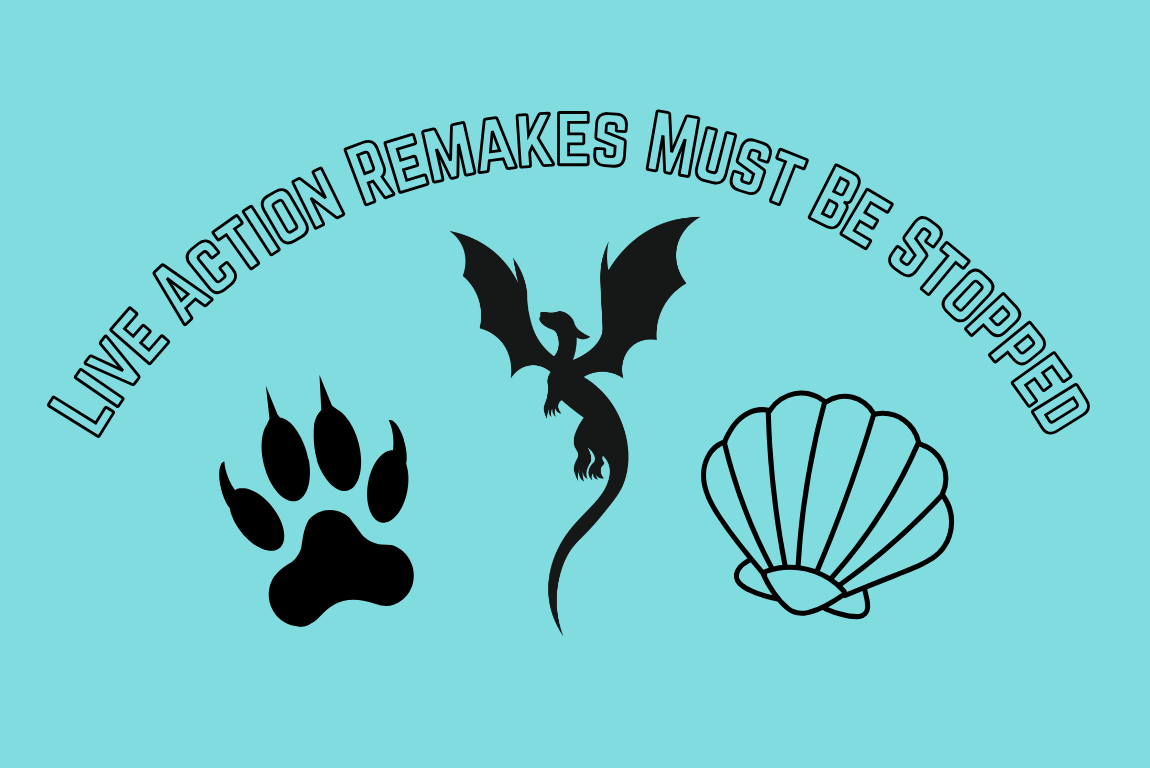


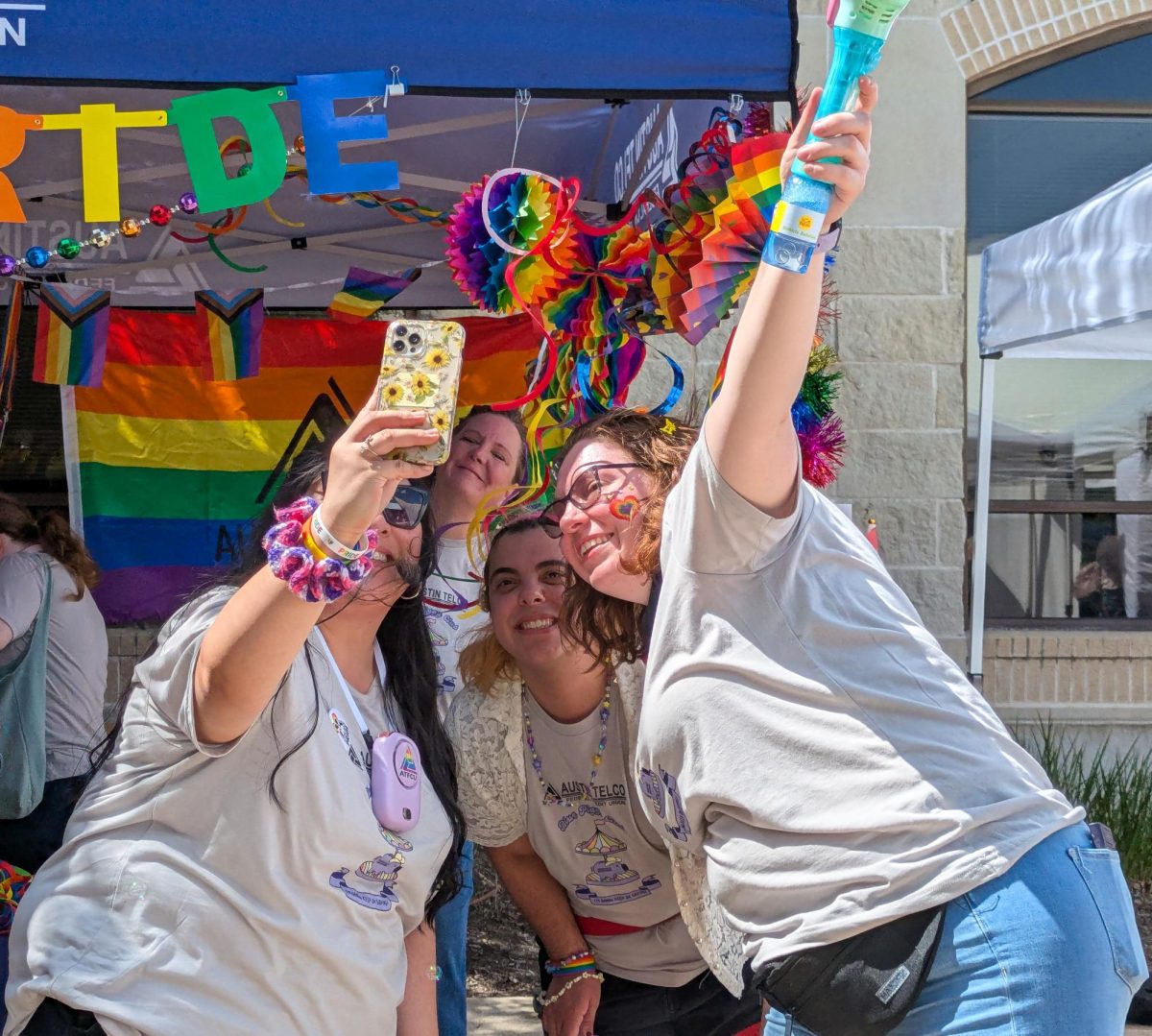



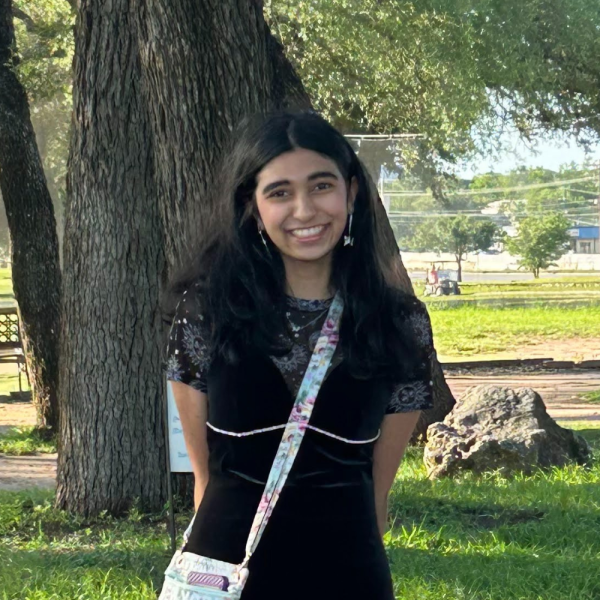
Kairu • Dec 10, 2024 at 5:04 pm
THIS IS SO SO GOOD I love your entire take on arcane and this entire review is amazing